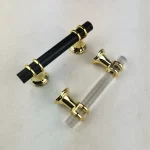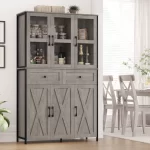Encountering a clogged sink can disrupt your daily routine and cause considerable frustration. Whether it’s in the kitchen or bathroom, dealing with a clogged sink promptly and effectively is essential to maintain a functional and hygienic home environment. This extensive guide provides actionable steps and expert advice on my sink is clogged, offering various methods to unclog it and prevent future blockages. From simple household remedies to professional interventions, you’ll find everything you need to resolve this common household issue efficiently.
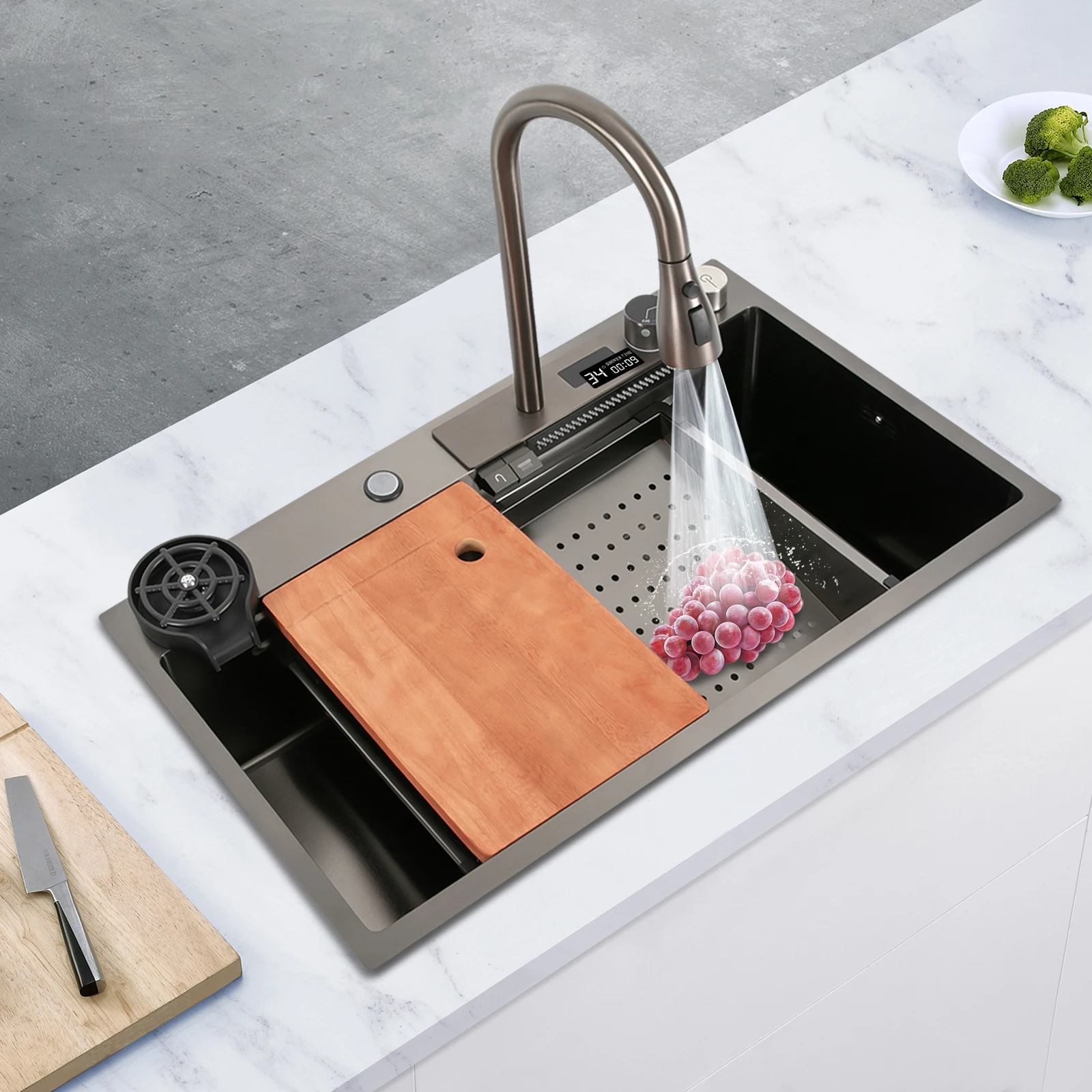 Causes of Sink Clogs
Causes of Sink Clogs
Dealing with a clogged sink can be a major inconvenience. Understanding the causes is the first step to solving the problem. Here are common reasons why a sink gets clogged:
- Food Waste: Pieces of food that slip down the drain can build up and block pipes, especially if they are not broken down properly.
- Grease and Oil: These substances can solidify in the pipes, causing a stubborn clog that’s hard to clear.
- Hair: In bathroom sinks, hair is a common culprit for blockages as it binds with soap scum and other debris.
- Foreign Objects: Items that shouldn’t be in the sink, such as small toys or jewelry, can get stuck and block the water flow.
- Soap Scum: Over time, soap can accumulate and harden in the pipes, leading to a clog.
- Mineral Buildup: In areas with hard water, minerals can precipitate and form deposits inside the pipes.
By being aware of these common causes, you can take steps to prevent your sink from getting clogged. Remember, ‘my sink is clogged’ is a problem that many face, but with the right knowledge, it can be avoided or resolved. Always start by identifying what might be causing the clog in your specific situation.
Initial Assessment and Safety Precautions
Before attempting to fix a clogged sink, it’s important to assess the situation carefully. If you find yourself thinking ‘my sink is clogged’, take a moment to consider the possible reasons for the clog, based on the common causes listed previously. Here are some safety precautions and initial assessment tips to follow:
- Avoid Chemicals Initially: Don’t rush to use chemical cleaners as your first step. These can be harsh and sometimes exacerbate the problem.
- Check the Garbage Disposal: If you have a garbage disposal, ensure it’s not the source of the clog. Run it to see if it clears the blockage.
- Boiling Water Test: Try pouring boiling water down the drain. This can sometimes dissolve or dislodge buildup that is causing the clog.
- Protect Your Hands: Wear gloves to protect your hands from any debris or cleaners used during the unclogging process.
- Do Not Overexert: When using any tools, avoid applying too much force, which can damage pipes.
- Ventilation is Key: Ensure the area is well-ventilated when working under the sink to prevent inhalation of any fumes or dust.
By following these initial steps, you can safely start addressing the issue when ‘my sink is clogged’, and prepare for potential DIY solutions.
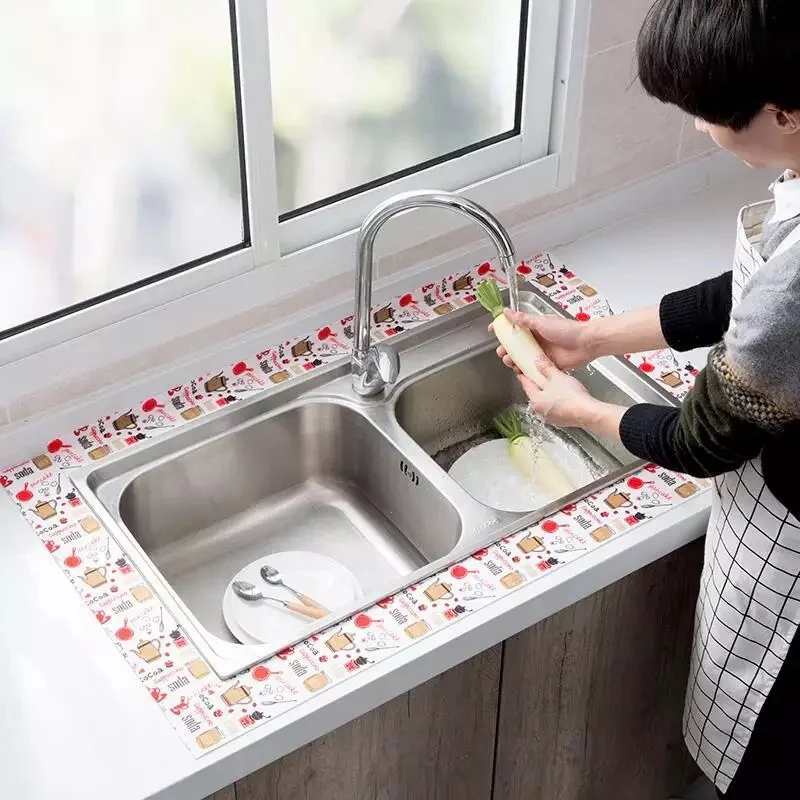 DIY Solutions for a Clogged Sink
DIY Solutions for a Clogged Sink
When facing the common dilemma of ‘my sink is clogged,’ DIY solutions can be very effective. Before calling a professional, consider trying some of these methods to clear the clog yourself.
Natural Remedies for Clearing Clogs
Natural remedies are a great first step since they’re safe and often readily available in your home:
- Baking Soda and Vinegar: Pour half a cup of baking soda followed by half a cup of vinegar down the drain. Cover it for a few minutes. Afterward, flush with hot water.
- Salt and Boiling Water: Mix a tablespoon of salt with boiling water and pour it down the drain. The salt acts as a scouring agent.
- Dish Soap and Hot Water: Dish soap can help break down grease. Pour a healthy amount of dish soap followed by a pot of boiling water down the drain.
These methods can help to break down and disperse many of the substances that cause clogs, such as grease, oil, and soap scum.
Plunging to Dislodge Blockages
If natural solutions don’t work, it’s time to try plunging:
- Use a Cup Plunger: Place the plunger over the drain and ensure a good seal. Pump vigorously up and down for several seconds.
- Repeat if Necessary: Sometimes it may take a few tries to clear the clog, so don’t give up easily if the first attempt fails.
- Check Water Flow: After plunging, run water to see if the clog is cleared and the sink drains properly.
Plunging can often remedy the ‘my sink is clogged’ problem by creating pressure that dislodges blockages. If these solutions don’t solve the issue, it may be time to consider other tools or call a professional.
When to Use Chemical Drain Cleaners
Sometimes, despite your best efforts, natural remedies and plunging do not solve ‘my sink is clogged’ problem. In such cases, you might consider using a chemical drain cleaner as a stronger approach. However, remember to use them as a last resort due to their potential risks. Here’s when to use chemical drain cleaners safely and effectively:
- Persistent Clogs: If a clog persists after trying natural remedies and plunging, a chemical cleaner may be needed.
- Slow Drains: For sinks that drain slowly over time, a chemical solution can help break down longstanding buildup.
- Grease Clogs: If grease is likely the cause of the clog, some types of chemical cleaners are formulated to dissolve these substances.
When you opt for chemical cleaners, always read and follow the instructions on the product label. Use them in a well-ventilated area, and wear gloves and eye protection for safety. After applying the chemical cleaner, give it ample time to work before flushing the drain with water. If the problem of ‘my sink is clogged’ still persists after using a chemical drain cleaner, it might be time to call in a professional plumber.
Tools and Equipment for Unclogging Sinks
Sometimes, ‘my sink is clogged’ requires more than just home remedies. Having the right tools can make the job easier. Here are a few items to consider:
Using a Plumber’s Snake
A plumber’s snake, also known as a drain auger, is a flexible coil that you feed into the drain. Turn the handle to advance the coil:
- Feed Slowly: Insert the coil slowly to avoid damaging pipes.
- Rotate Effectively: Crank the handle to dislodge the clog.
- Remove Debris: Once you feel less resistance, pull the snake out slowly, clearing debris.
Using a plumber’s snake can reach clogs that are farther down and can’t be solved with plunging alone.
The Role of Sink Strainers and Drain Guards
Prevention is key to avoiding the ‘my sink is clogged’ situation. Sink strainers and drain guards can help:
- Catch Solids: They catch food particles, hair, and other solids.
- Easy to Clean: Lift the strainer and empty it into the trash.
- Reduce Clogs: Using these tools reduces the risk of future clogs.
By using sink strainers or drain guards, you minimize the chance of large debris causing a sink blockage.
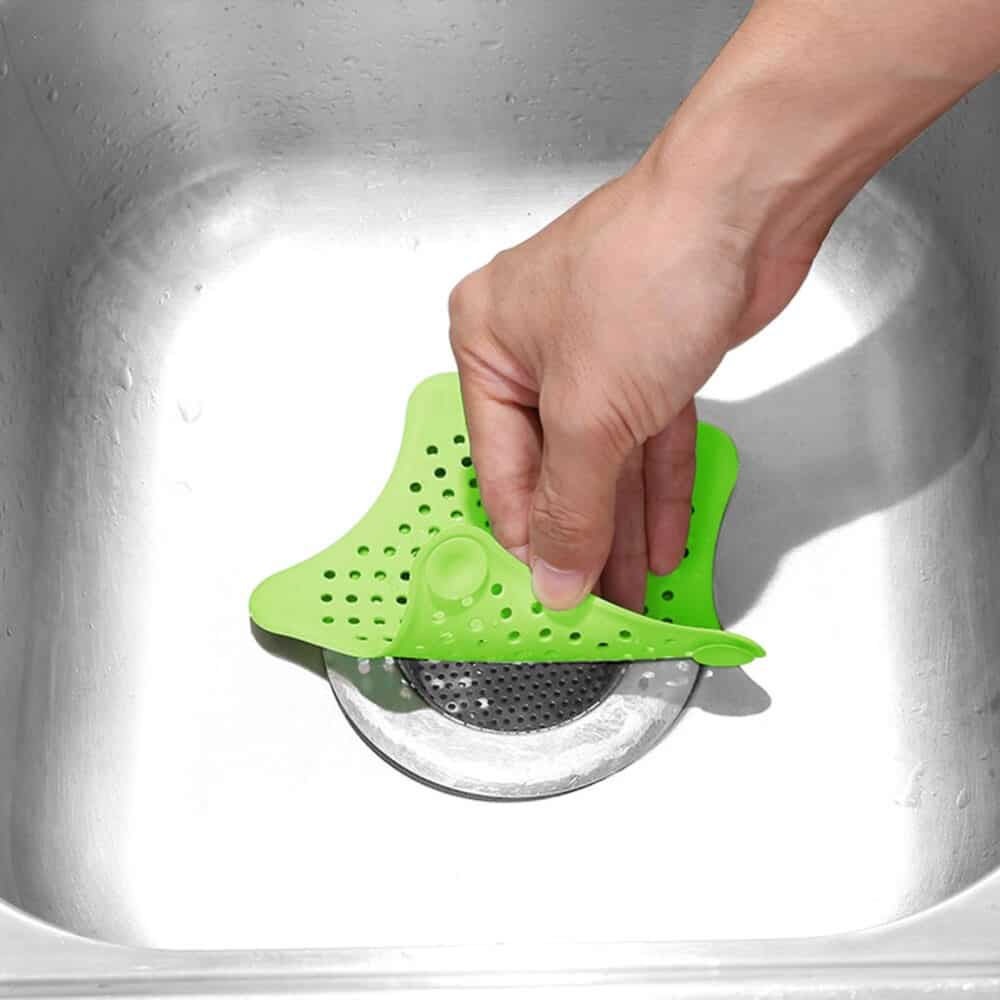 Professional Drain Cleaning Services
Professional Drain Cleaning Services
When home remedies and tools fail to resolve ‘my sink is clogged’, it’s time to consider hiring a professional. Professional drain cleaning services offer specialized knowledge and equipment to address and solve stubborn clogs that regular methods can’t handle. Here’s why and when you should seek professional help:
- Severe Blockages: If the obstruction is severe and persistent, professionals have the techniques to remove it.
- Avoid Damage: To prevent potential damage to your plumbing system by improper DIY attempts.
- Save Time: Professionals can often resolve the issue quickly, saving you time and frustration.
- Expert Assessment: They can identify if there are underlying issues causing frequent clogs.
- Guaranteed Work: Many services offer a guarantee on their work, giving you peace of mind.
Remember to choose a reputable and experienced service provider. Look for reviews, ask for referrals, and confirm they have the appropriate licenses. Inquiring about the methods they use is also a good idea to ensure they’re suitable for your plumbing system. After the job is done, ask the professionals for tips on how to prevent future clogs. Make ‘my sink is clogged’ a rare statement in your household by leaning on the expertise of professional drain cleaning services when necessary.
Preventive Measures to Keep Sinks Clear
To keep the dreaded ‘my sink is clogged’ phrase out of your vocabulary, preventive measures are crucial. Here are some simple yet effective practices:
- Use Strainers Regularly: Always have a sink strainer in place to trap food particles and other debris.
- Dispose of Grease Properly: Never pour grease or oil down the sink. Instead, let it cool and throw it in the trash.
- Run Hot Water: After each use, run hot water through your sink to help prevent buildup.
- Clear Out Debris Frequently: Clean the strainer regularly and check for food bits or other solids.
- Avoid Dumping Coffee Grounds: These can accumulate in the pipes, leading to a clog over time.
- Flush with Vinegar and Baking Soda Monthly: Do a monthly routine flush with vinegar and baking soda to keep pipes clear.
- Educate Family Members: Make sure everyone in your household knows what should and should not go down the drain.
By following these tips, you can reduce the risk of clogs and maintain a clear, functioning sink.
Using Tools Effectively to Unclog Your Sink
Having the right tools on hand and knowing how to use them can make the process of dealing with a clogged sink much easier and more efficient.
The Right Plunger for the Job
Different types of plungers work better for specific sinks. A standard cup plunger is suitable for bathroom sinks, while a flange plunger is more effective for kitchen sinks with pop-up drains. Choosing the appropriate plunger ensures maximum suction and effectiveness in removing the clog.
Investing in a Quality Drain Snake
A high-quality drain snake can be a lifesaver for tackling stubborn clogs. Invest in a durable and flexible snake that can navigate through bends and turns in your plumbing. Regularly maintaining your drain snake by cleaning it after each use prolongs its lifespan and ensures it remains effective.
Utilizing a Wet/Dry Vacuum
A wet/dry vacuum can be used to suck out clogs from your sink. Set the vacuum to liquid mode, create a tight seal over the drain, and turn it on to pull the blockage out. This method is particularly effective for removing solid debris that standard plungers and drain snakes might miss.
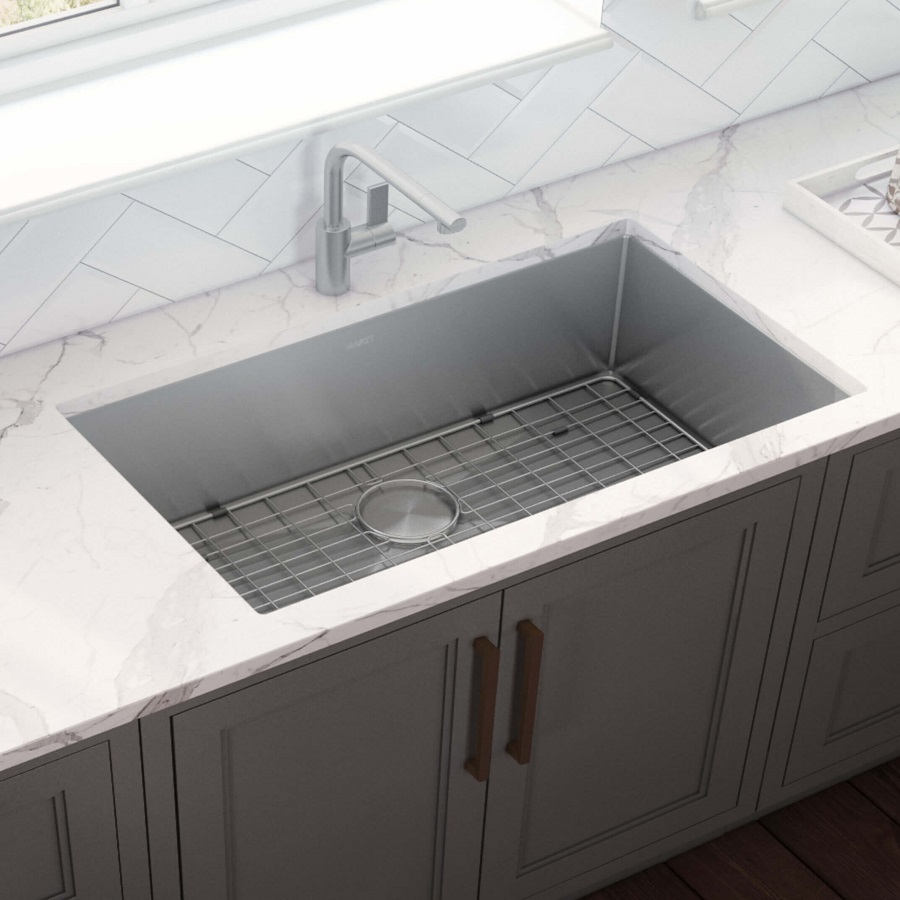 Eco-Friendly Solutions for Unclogging Sinks
Eco-Friendly Solutions for Unclogging Sinks
Opting for eco-friendly methods not only protects your plumbing but also benefits the environment by reducing the use of harsh chemicals.
Natural Enzyme Cleaners
Natural enzyme cleaners break down organic matter in the pipes without the use of harmful chemicals. These cleaners can be poured down the drain regularly to maintain clear pipes and minimize the risk of clogs, making them an environmentally responsible choice for maintaining your sink.
Vinegar and Baking Soda Combination
The classic vinegar and baking soda combination is an eco-friendly way to clean and unclog your sink. This natural reaction helps to dislodge debris and eliminate odors without introducing harsh substances into your plumbing system.
Biodegradable Cleaners
Choose biodegradable cleaners that are safe for both your pipes and the environment. These cleaners effectively remove build-up and prevent clogs while minimizing environmental impact, offering a sustainable alternative to traditional chemical drain cleaners.
How to Safeguard Your Sink from Future Clogs
Preventing clogs requires consistent effort and mindful practices. Implementing the following strategies can keep your sink free-flowing and reduce the likelihood of future blockages.
Regular Pipe Inspections
Regular inspections of your plumbing can help identify potential issues before they become major problems. Look for signs of wear, leaks, or slow drainage, and address them promptly to maintain a healthy plumbing system.
Installing Drain Guards
Installing drain guards or strainers captures debris before it enters the pipes, preventing clogs from forming. These simple devices can be easily cleaned and maintained, making them an effective barrier against common clogging agents like hair and food scraps.
Educating Household Members
Educate everyone in your household about proper disposal practices to prevent clogs. Ensure that floors under the sink are free from leaks and spills, and encourage the use of sink strainers to catch debris before it can enter the drain.
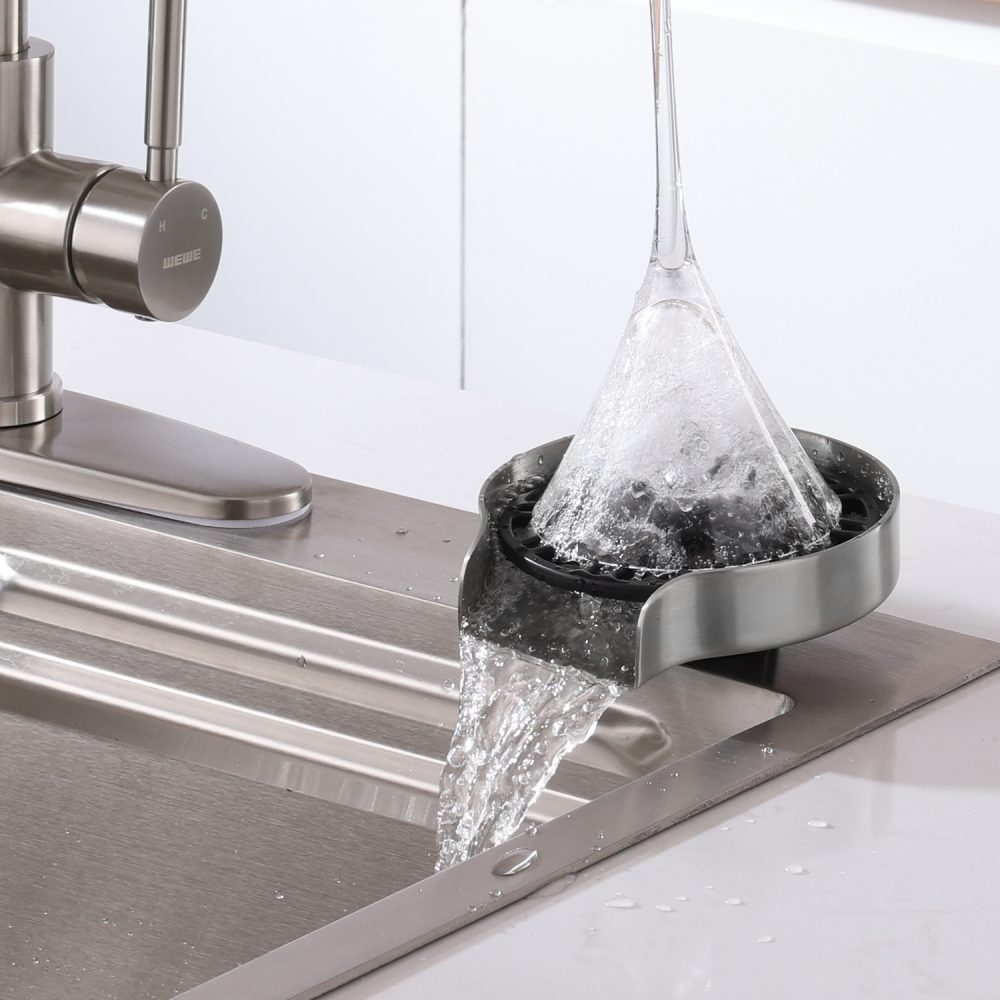 Conclusion
Conclusion
Dealing with a clogged sink can be a hassle, but knowing how to get my sink is clogged effectively ensures that you can restore your sink’s functionality with ease. By understanding the causes, utilizing immediate and household remedies, and implementing preventative measures, you can manage and prevent clogs efficiently. Remember to act swiftly when a clog occurs, use the right tools and methods, and seek professional help when necessary to maintain a smooth-flowing and hygienic sink. With these comprehensive strategies, you can confidently handle any clogged sink situation, keeping your home’s plumbing system in top condition and avoiding unnecessary disruptions.
